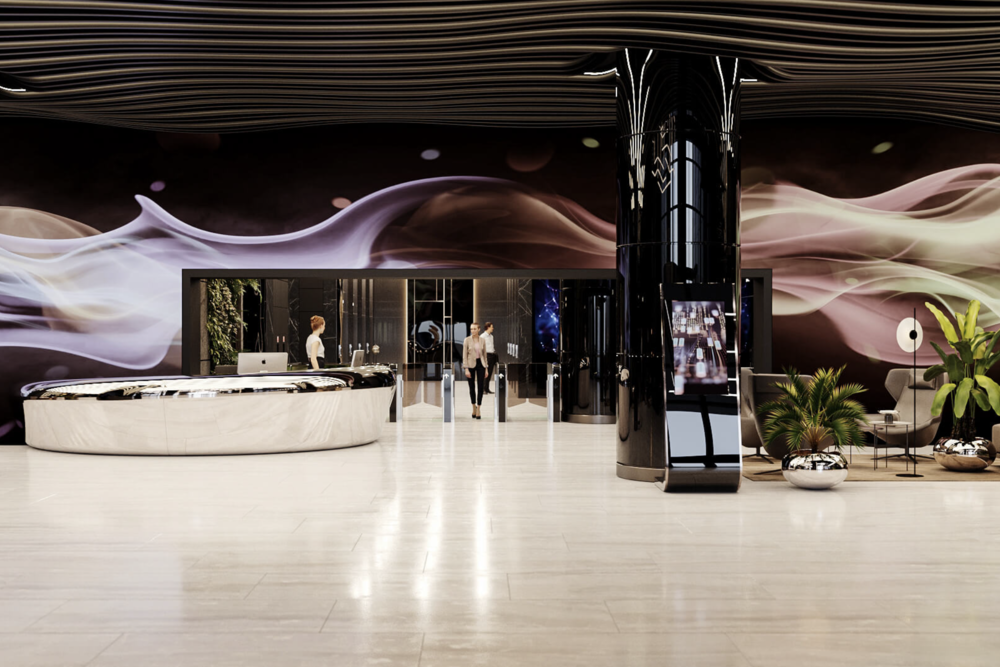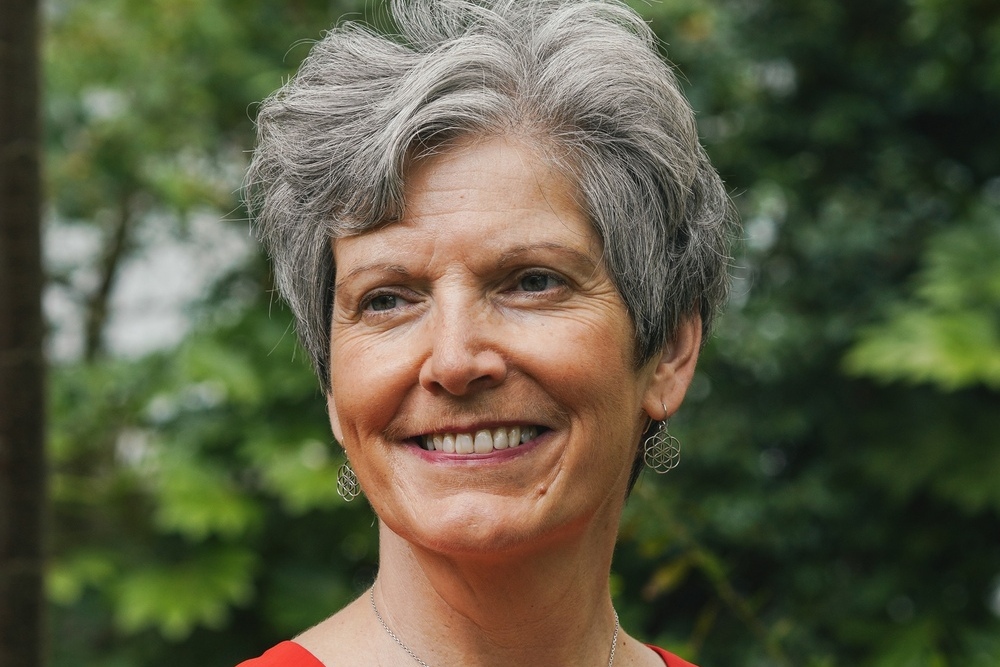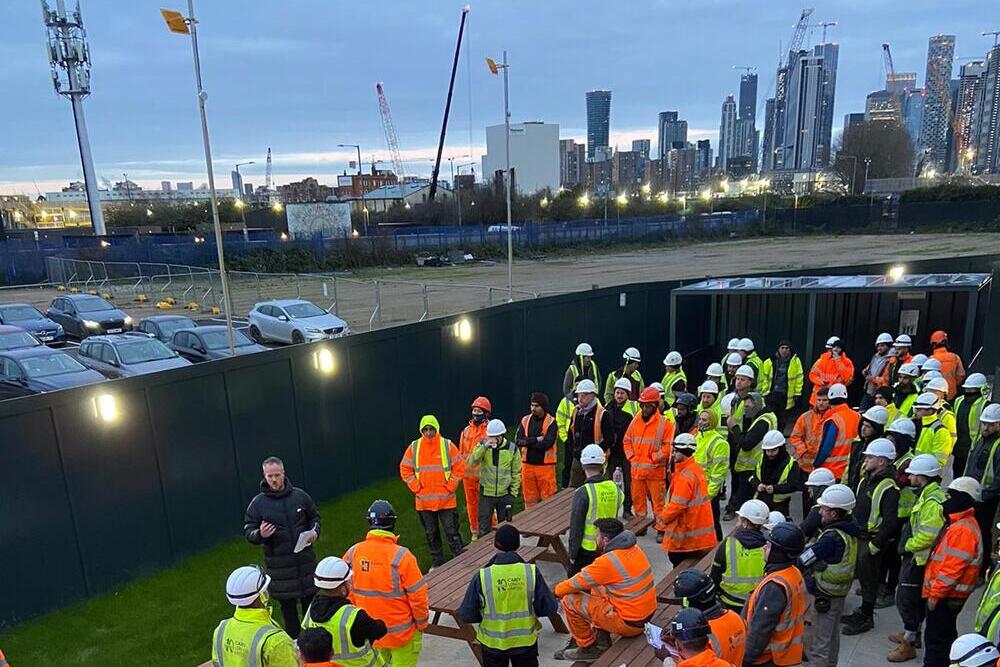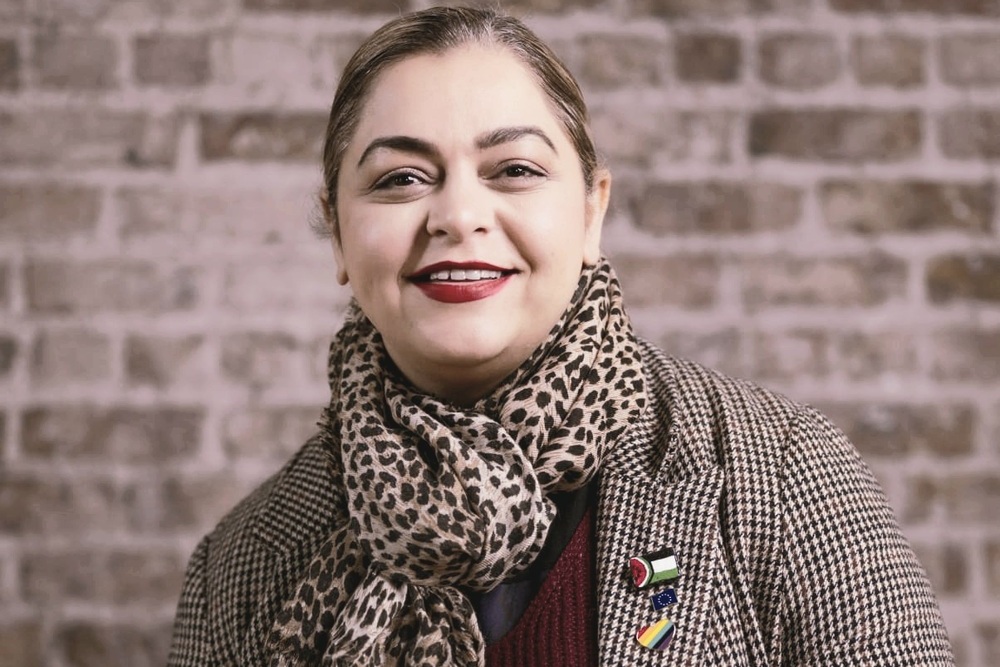The traditional approach to organising office space, still used by many design studios, is becoming increasingly outdated as offices seek to create environments that address modern business needs. ZIKZAK Architects has introduced a new design methodology, blending elements from both design and screenwriting, to create a dynamic “storyline” for the future of office life.
Office design by ZIKZAK Architects
The architectural scenario
This architectural scenario is a branching structure, with multiple parallel routes within the same space, unlike the linear path of a film. In architecture, there are numerous potential movement paths, in contrast to the fixed trajectory of a camera. The architectural scenario is based on the emotions it evokes and the level of attention it commands. The feelings of a person entering the space for the first time are markedly different from those of someone who has inhabited the space for a long period.
Someone stepping into a room for the first time usually experiences a range of emotions, whether positive or negative, depending on the space’s aesthetic. In contrast, a person who spends time regularly in that environment won’t experience the same emotional response every day. Gradually, the space becomes part of the background, and instead of emotions, the focus shifts to the state of attention and concentration. The emotions the workspace evokes are crucial for the business client, job candidates, and the entire team, from the day the office opens and beyond. Sustained mindfulness becomes key over the long term.
WOW-effect
Designers are often tasked with creating a “WOW-effect”. This effect is an emotional blend of joy and surprise. Over time, this feeling can develop into anticipation, as the focal point becomes visible from afar or is glimpsed in fragments, drawing visitors’ interest into the space. The resulting surprise and joy depend on the designer’s skill level. Beyond the WOW-effect, customers frequently aim to instil a sense of trust in visitors through their reception areas. The lounge area, however, should ideally convey calmness and tranquillity.
Office design by ZIKZAK Architects
Arsenal of design tools
The ZIKZAK Architects team has developed a comprehensive set of design tools to evoke the right emotions for each space, ensuring that the client’s brand is accurately represented. To enhance business efficiency, the designers focus on how each functional area impacts employees’ levels of attention. For every required state, specific spatial elements are chosen, such as volume, sound insulation, lighting, colour intensity, and texture scales.
While emotions serve as tools for brand positioning, the focus and attention of employees are key to business productivity. Therefore, the office’s layout is crafted to align both with the emotions required in each area and the attention levels of its users. Open spaces are designed to foster divided attention, allowing employees to focus on multiple tasks simultaneously. Deep focus rooms should encourage concentration on one task at a time. The reception area not only serves as a first impression but also as a threshold between leisure and work. It helps transition a person from a state of rest to one of work-related concentration. Attention in this space is still somewhat scattered, but the design should gently guide visitors towards focused attention, whether internal – for specific tasks – or external and shared, as needed for meetings.
The lounge and kitchen areas offer relaxation, with attention shifting from focused internal (in the lounge) to collaborative in the kitchen. Such shifts in focus are essential for recharging employees.
Office design by ZIKZAK Architects
Thus, design approaches continue to evolve alongside technological advancements. If you’re planning to open a new office or redesign an existing one, it’s crucial to ensure that your design team doesn’t rely on outdated methods. From the outset, they should develop a strategy to implement a design scenario that aligns with the business needs and expectations. Architectural expression and functionality should come together to evoke the right emotions in business clients and potential employees, while fostering the optimal attention levels among the office team.
ZIKZAK Architects
Ukrainian architecture and design company specialising in workplace design and commercial interior and architecture. The company operates in 7 countries and offers integrated design services for commercial property.












